Embark on your off-road adventures with confidence and assurance by equipping your 4×4 truck with a heavy-duty winch. Whether you find yourself in treacherous muddy bogs, steep inclines, or rocky terrain, a reliable winch can be your savior in times of danger. With the ability to pull your vehicle out of sticky situations, heavy-duty winches provide the peace of mind that you can conquer any terrain without getting stuck. In this blog post, we will discuss the crucial role that heavy-duty winches play in off-roading, as well as the various options available to suit your specific needs. With the right winch, you can confidently take on the most challenging trails and emerge victorious.
Key Takeaways:
- Heavy-Duty Winches are essential for 4×4 trucks to conquer tough terrains
- Having a reliable winch can save you from being stuck in difficult situations
- Investing in a high-quality winch is necessary for off-roading enthusiasts
- Consider the pulling capacity of the winch to ensure it meets your vehicle’s requirements
- Proper installation and maintenance of the winch is crucial for optimal performance
- A remote control feature can provide added convenience in operating the winch
- Researching and consulting with professionals can help you choose the best winch for your 4×4 truck
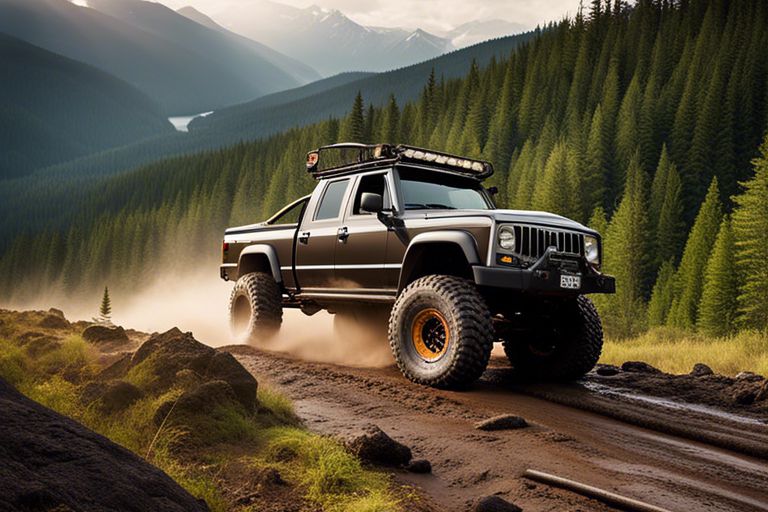
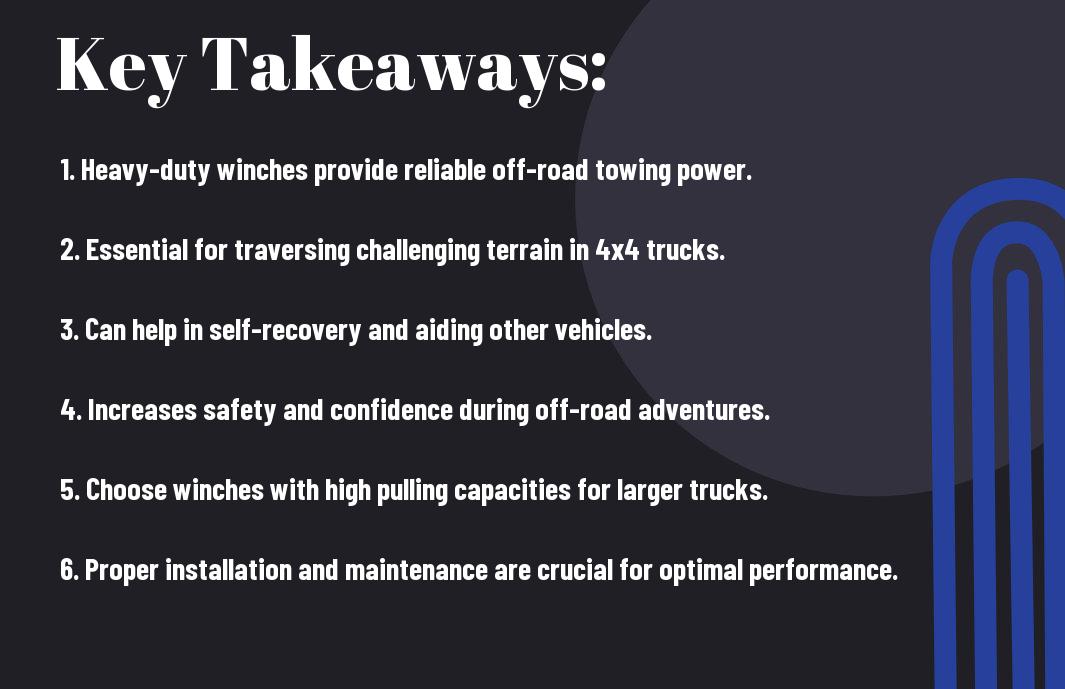
Types of Heavy-Duty Winches
Some types of heavy-duty winches for your 4×4 truck include electric winches, hydraulic winches, and PTO (power take-off) winches. Each type has its own advantages and is suitable for different applications. Here is a breakdown of the different types of heavy-duty winches:
| Winch Type | Applications |
|---|---|
| Electric Winches | Off-road recovery, hauling, and towing |
| Hydraulic Winches | Heavy-duty industrial applications, marine use |
| PTO Winches | Heavy-duty pulling and lifting |
| Remote-Controlled Winches | Off-road recovery and towing |
| Hand Winches | In emergency situations, lightweight vehicles |
- Electric winches are powered by the vehicle’s battery and are easy to install and use.
- Hydraulic winches are ideal for heavy-duty industrial applications and are capable of providing constant pulling power.
- PTO winches are powered by the vehicle’s engine and are suitable for heavy pulling and lifting tasks.
- Remote-controlled winches offer convenience and safety in off-road recovery situations.
- Hand winches are compact and portable, making them ideal for emergency situations and lightweight vehicles.
Perceiving the differences between these types of winches will help you choose the right one for your specific needs.
Electric Winches
One of the most popular types of heavy-duty winches for 4×4 trucks is the electric winch. These winches are powered by the vehicle’s battery and are capable of providing reliable pulling power. They are easy to install and use, making them a popular choice for off-road enthusiasts. Electric winches are suitable for off-road recovery, hauling, and towing applications.
Hydraulic Winches
Winches powered by hydraulic systems are commonly used in heavy-duty industrial applications and for marine use. These winches are capable of providing constant pulling power and are ideal for heavy pulling tasks. They are often used in situations where electric power may not be readily available, such as on ships or in industrial settings.
For instance, a hydraulic winch is a great choice for a 4×4 truck used in industrial or marine environments where consistent, reliable pulling power is essential.
Factors to Consider When Choosing a Winch
Now that you have decided to invest in a heavy-duty winch for your 4×4 truck, it is important to consider several factors before making a purchase. Here are some important factors to keep in mind:
- Weight and Pulling Capacity
- Cable Types: Synthetic Rope vs. Steel Cable
- Mounting and Installation
- Power Source
- Additional Features and Accessories
Perceiving the significance of each of these factors will help you make an informed decision and choose the right winch for your off-road adventures. For more in-depth information, check out Choosing the Right Size for Your Off-Road Adventure.
Weight and Pulling Capacity
For off-road enthusiasts, it is crucial to consider the weight of your vehicle and the pulling capacity of the winch. A general rule of thumb is to choose a winch with a pulling capacity of at least 1.5 times the weight of your vehicle. It is important to ensure that your winch can handle the weight of your vehicle and any additional gear or cargo you may be carrying.
Cable Types: Synthetic Rope vs. Steel Cable
When it comes to the cable type of your winch, there are two main options to consider: synthetic rope and steel cable. Each has its own pros and cons, and it is important to weigh these factors carefully before making a decision.
- Synthetic Rope: Lightweight, easier to handle, safer to use, less prone to kinking or splintering
- Steel Cable: Durable, resistant to abrasion and cuts, less susceptible to UV damage, easier to repair
Though both options have their advantages, it is important to choose the one that best suits your off-road needs and preferences.
More about Cable Types: Synthetic Rope vs. Steel Cable
When choosing between synthetic rope and steel cable, it is important to consider factors such as weight, strength, durability, and safety. Though synthetic rope may be lighter and safer to use, steel cable offers durability and resistance to abrasion. Your choice will ultimately depend on your specific off-road requirements and preferences.
- Weight
- Strength
- Durability
- Safety
- Material
Thoroughly considering these factors will help you make the best decision for your off-road endeavors. It is important to assess the risks and benefits of each type of cable before making a choice.
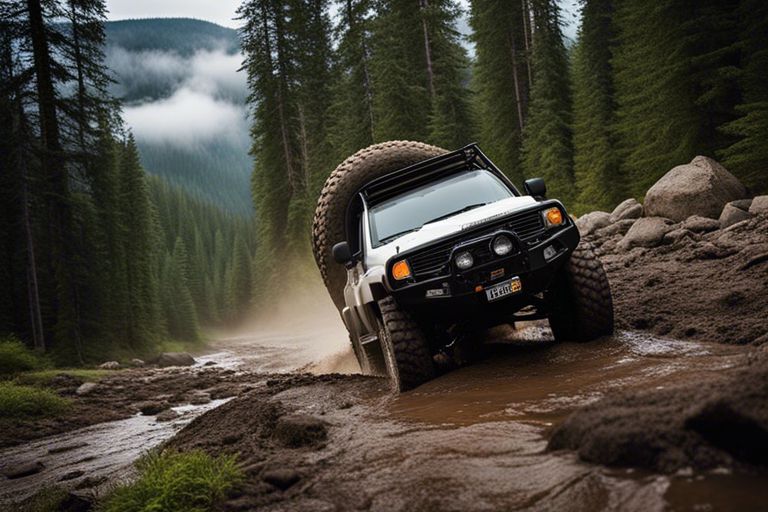
Installation and Maintenance
Your heavy-duty winch is only as good as its installation and maintenance. Proper installation ensures that the winch is securely attached to your 4×4 truck, while regular maintenance guarantees optimal performance when you need it most.
Step-by-Step Installation Guide
Installation of your heavy-duty winch requires careful attention to detail. Follow this step-by-step guide to ensure a safe and secure installation:
| Step | Instructions |
| 1. | Mounting the winch to the front bumper |
| 2. | Connecting the winch to the 4×4 truck’s electrical system |
| 3. | Securing the control box and winch wiring |
| 4. | Testing the winch operation |
Regular Maintenance Tips for Optimal Performance
Maintaining your heavy-duty winch is essential for ensuring it performs at its best when you need it. Follow these regular maintenance tips:
- Inspect the winch cable for frays, kinks, or other damage
- Lubricate the winch components to prevent rust and ensure smooth operation
- Check the electrical connections for any signs of corrosion or wear
A well-maintained winch can mean the difference between a successful recovery and being stuck in a tough terrain. Regular maintenance is crucial in ensuring the reliability and longevity of your heavy-duty winch, especially in harsh off-road conditions. Those who neglect maintenance do so at their own risk.
Winching Techniques and Safety
Not all winching operations are created equal. A winch can be a powerful tool, but it can also be dangerous if not used properly. To ensure safety and effectiveness, it is crucial to understand the proper techniques and safety measures when using heavy-duty winches for your 4×4 truck. For top-quality winches that are designed to conquer any terrain, consider the Waterproof Portable 12v 4×4 Tough Electric Winch to enhance your off-road adventures.
Basic Winching Operations and Controls
Winching requires precision and control. Before beginning the operation, familiarize yourself with the winch controls and understand how to operate them effectively. Make sure to check that the winch line is properly spooled and free of any obstructions before starting the process. Always keep a safe distance from the winch during operation and wear protective gloves to prevent injury.
Advanced Techniques for Difficult Terrains
On challenging terrains, advanced winching techniques may be required to safely navigate through obstacles. Here are some advanced winching techniques to consider:
| On-Road Recovery | Use a winch to recover a vehicle from a roadside ditch or embankment. |
| Off-Camber Situations | Winch a vehicle on a sloped or uneven surface with caution and stability. |
Plus, always use a sturdy tree trunk protector or winch anchor when performing anchor winching to ensure maximum safety and control.
Essential Safety Precautions and Best Practices
Controls and communication are vital during winching procedures. Assign a spotter to guide the operation and maintain clear communication with all involved parties. Never stand near the winch wire rope under tension, and be cautious of potential recoil. Remember to engage the winch clutch before making any adjustments to the winch line.
Essential safety gear, including gloves, eye protection, and a recovery damper, must be worn and utilized at all times during winching operations. Prioritize safety at all times and never compromise on the safety precautions and best practices that are necessary for successful winching.
Can Skid Plates and Winches Be Used Together for Off-Roading?
Yes, skid plates and winches can be used together for off-roading to protect your truck’s undercarriage. Skid plates shield the vulnerable parts of your vehicle, while winches help get you out of tough spots. Using them together can help ensure your off-roading adventures are both safe and successful.
Conquer Any Terrain With Heavy-Duty Winches For Your 4×4 Truck
Upon reflecting on the capabilities of heavy-duty winches for 4×4 trucks, it becomes evident that they are essential tools for navigating challenging terrains. Whether it’s off-roading, rescue missions, or simply getting out of a tough spot, a reliable winch can make all the difference. With the ability to pull heavy loads and withstand harsh conditions, heavy-duty winches provide peace of mind and assurance for any adventure. Investing in a quality winch is not just a luxury but a necessity for any serious off-road enthusiast. It’s the ultimate insurance policy for conquering any terrain without hesitation or doubt.
FAQ
Q: What is a heavy-duty winch, and why do I need it for my 4×4 truck?
A: A heavy-duty winch is a powerful device used to pull vehicles and other heavy objects out of difficult or challenging terrain. It is essential for 4×4 trucks that often venture into off-road environments where getting stuck is a real possibility. With a heavy-duty winch, you can confidently conquer any terrain and ensure you can get out of sticky situations with ease.
Q: What weight capacity should I look for in a heavy-duty winch for my 4×4 truck?
A: It is recommended to choose a heavy-duty winch with a weight capacity that is at least 1.5 times the gross vehicle weight of your truck. This ensures that the winch has sufficient power to pull your truck out of tough spots without straining the motor.
Q: What type of rope or cable is best for a heavy-duty winch?
A: Synthetic ropes are a popular choice for heavy-duty winches, as they are lighter, easier to handle, and safer than traditional steel cables. They also do not store energy, reducing the risk of dangerous recoil if the rope breaks under tension.
Q: How do I properly maintain a heavy-duty winch for my 4×4 truck?
A: Regularly inspect the winch for any signs of wear or damage, and ensure that the rope or cable is in good condition. Lubricate moving parts as recommended by the manufacturer, and protect the winch from corrosion by keeping it clean and dry.
Q: Can I install a heavy-duty winch on my 4×4 truck by myself?
A: While it is possible to install a heavy-duty winch on your truck by yourself, it is recommended to have it professionally installed to ensure proper mounting and wiring. This will also help maintain the warranty on the winch.
Q: Are there any safety precautions I should take when using a heavy-duty winch?
A: Always wear gloves when handling the winch rope or cable to protect your hands from sharp edges or tension. Ensure that bystanders are at a safe distance when using the winch, and use a damper or heavy blanket to absorb kinetic energy in case the rope or cable breaks under load.
Q: How do I choose the right heavy-duty winch for my 4×4 truck?
A: Consider the weight of your truck, the type of terrain you will be traversing, and the frequency of off-road adventures. Choose a reputable brand with a weight capacity and features that match your specific needs, and consult with experts or other 4×4 enthusiasts for recommendations.
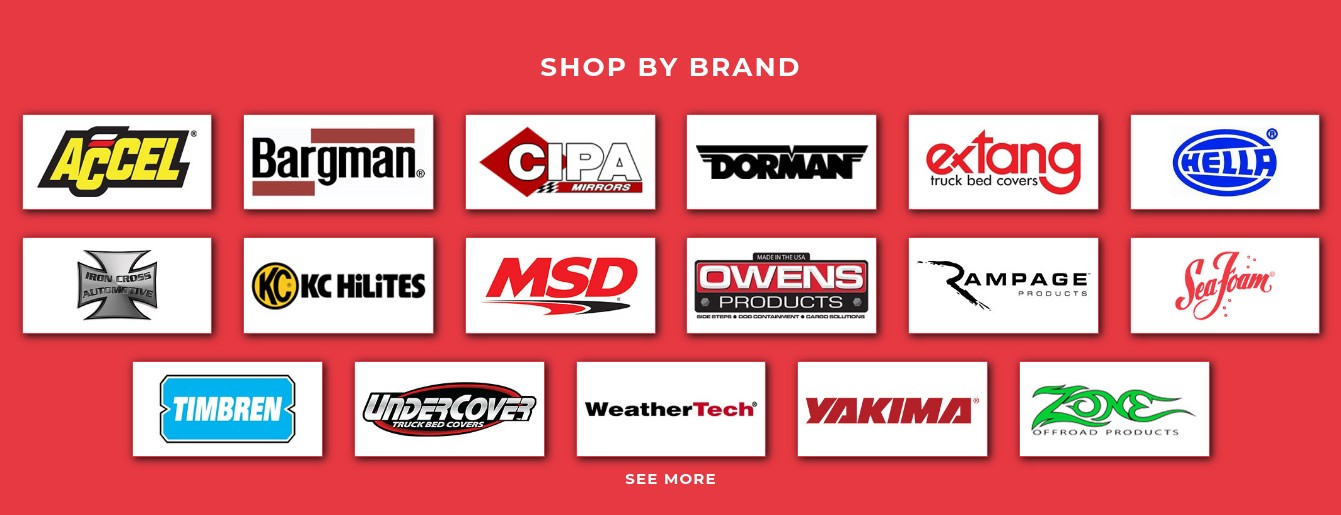


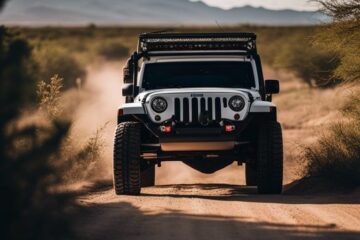
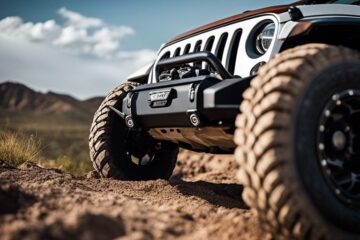
0 Comments